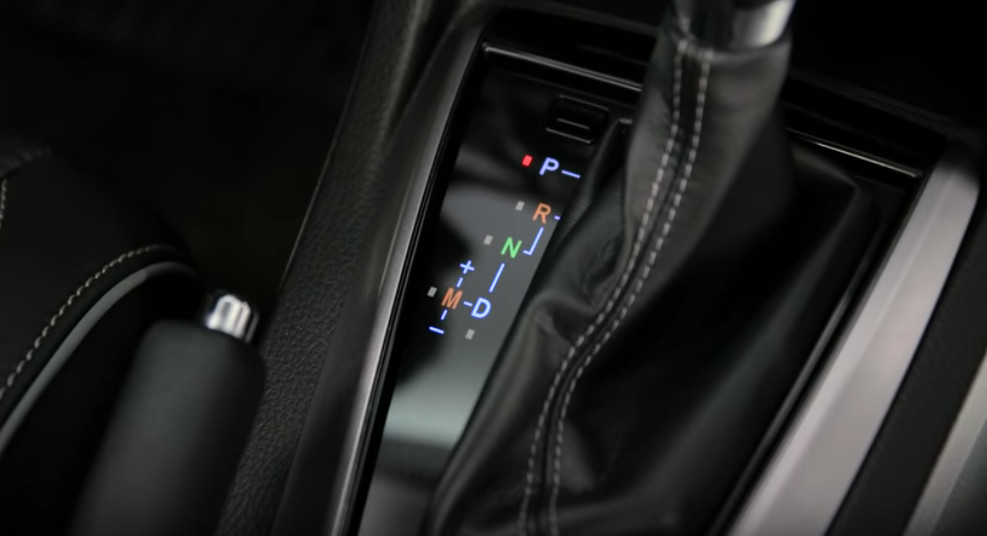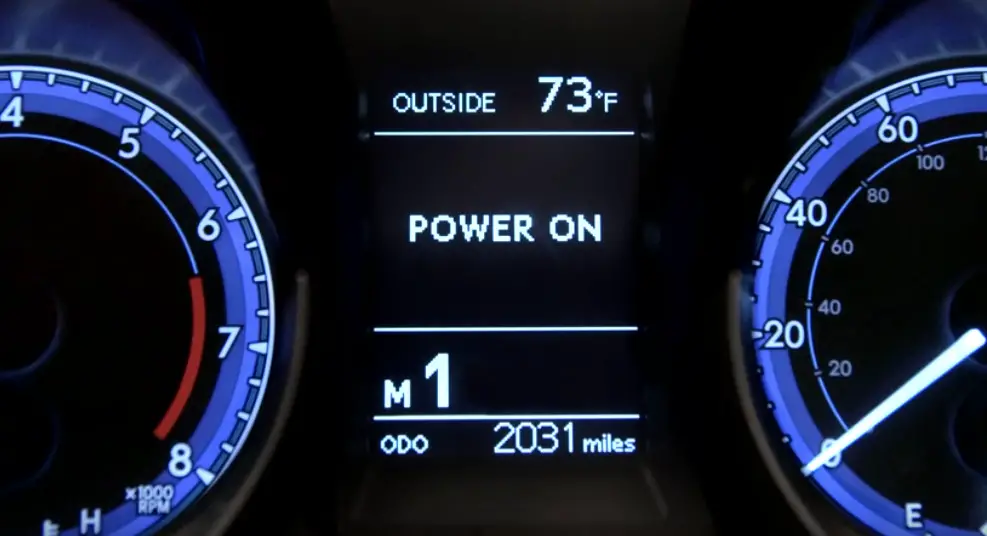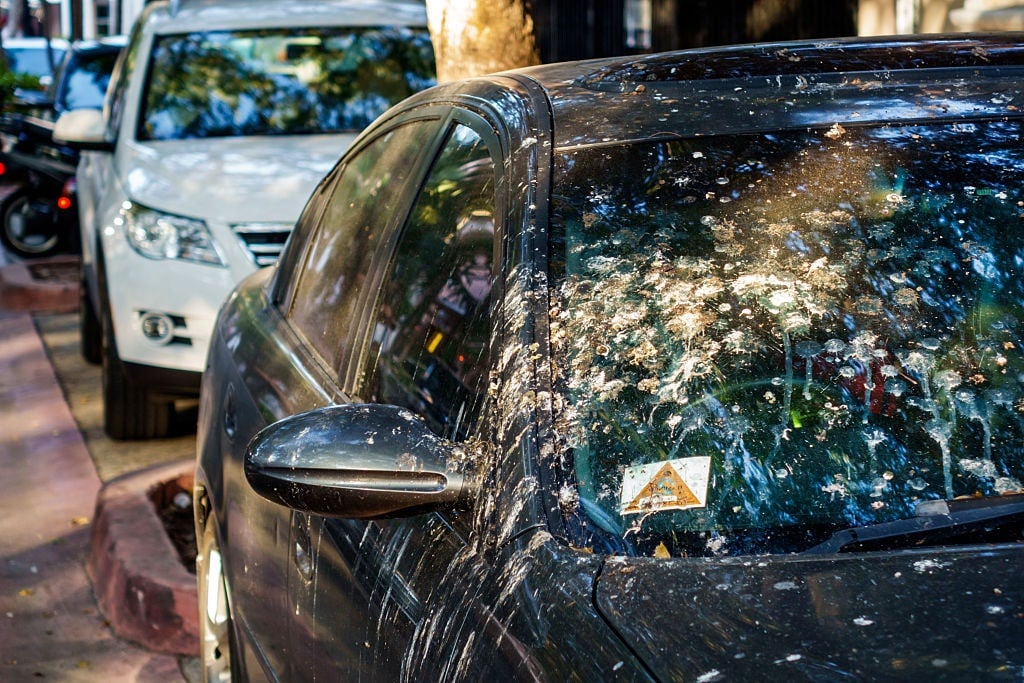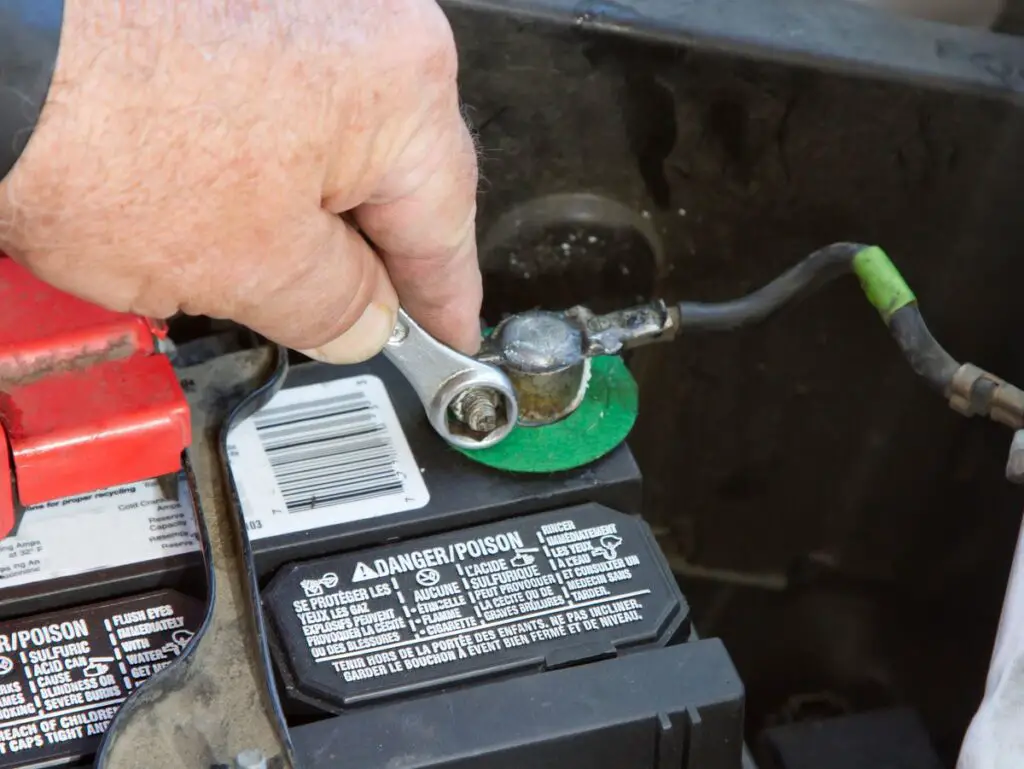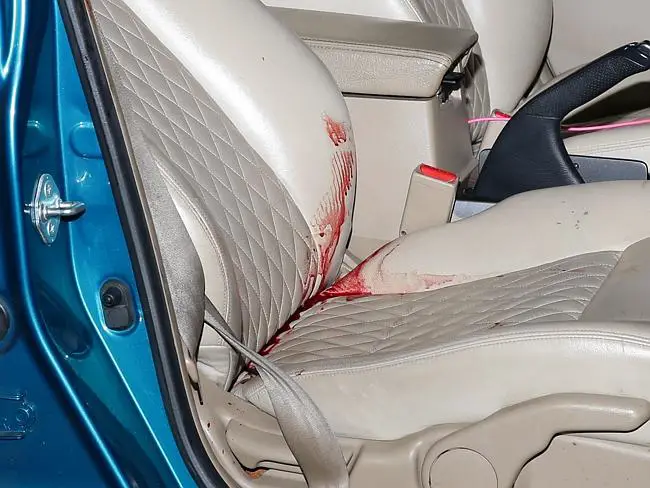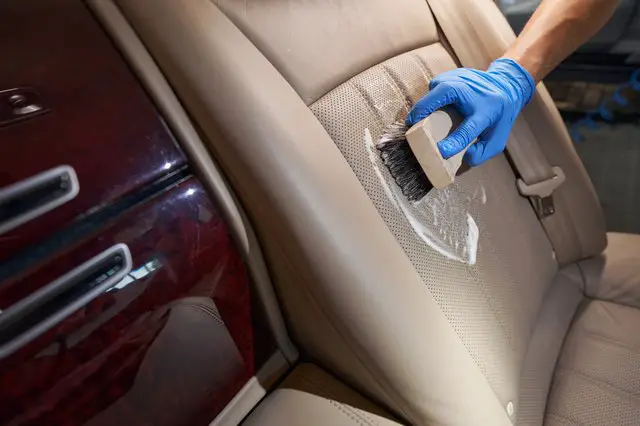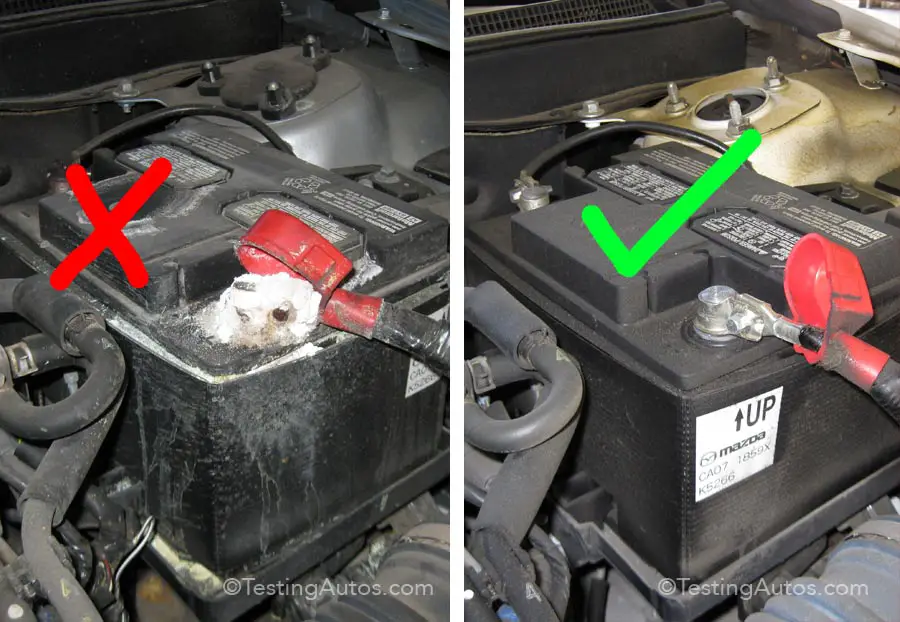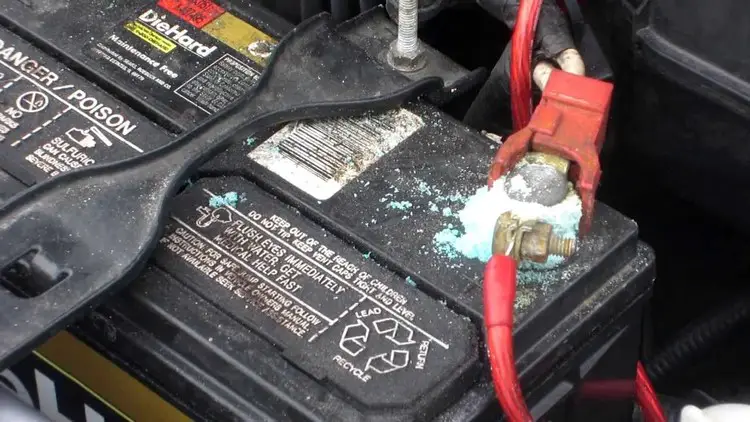Have you ever heard of kamikaze car accidents? These horrifying incidents involve drivers intentionally causing collisions, putting their own lives and the lives of others at risk. It’s like a deadly game of chicken on the roads, with drivers choosing to be human projectiles. This reckless behavior is not only dangerous but also incredibly disturbing, as it shows a complete disregard for the value of life.
Kamikaze car accidents have a dark history intertwined with suicide missions. The term originated from the Japanese kamikaze pilots of World War II, who sacrificed themselves by crashing their planes into enemy targets.
In the context of car accidents, it refers to individuals intentionally causing collisions for various reasons, including insurance fraud or even suicidal tendencies. The consequences of these deliberate crashes are devastating, resulting in injuries, fatalities, and significant damage.
It is a pressing issue that requires greater awareness and stricter measures to prevent such occurrences and ensure the safety of all road users.
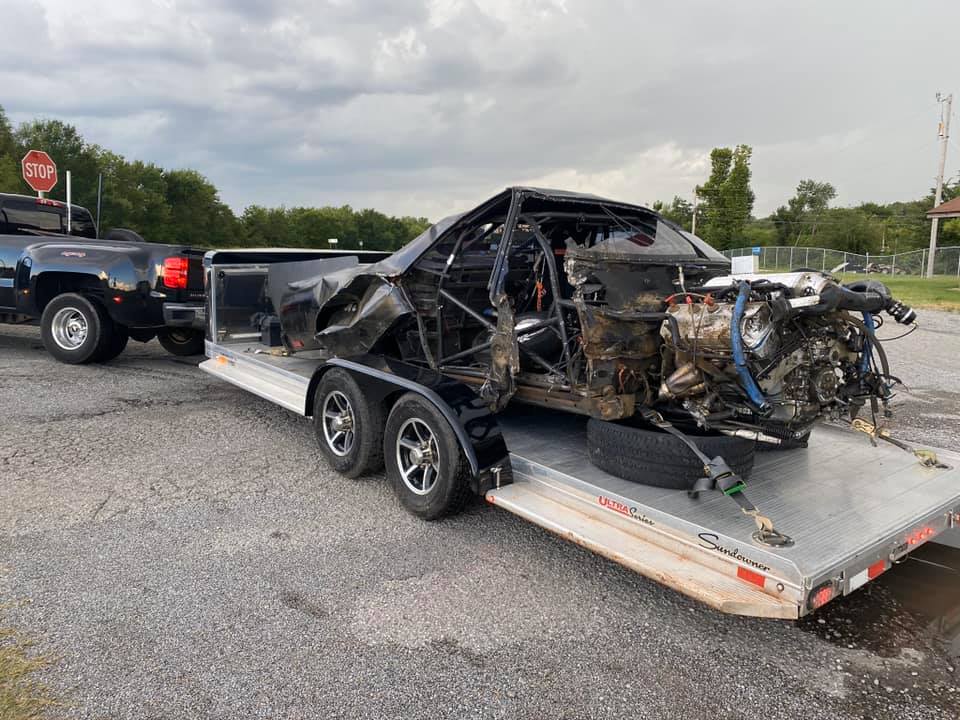
What is a Kamikaze Car Accident?
A kamikaze car accident refers to a type of collision where one driver intentionally crashes their vehicle into another, often with the purpose of causing harm or damage. This reckless and dangerous act of aggression on the road can have severe consequences and puts the lives of innocent motorists at risk.
In this article, we will explore the characteristics, implications, and legal ramifications of kamikaze car accidents.
The Disturbing Rise of Kamikaze Car Accidents
With the increasing incidence of kamikaze car accidents, the safety of our roads has been significantly compromised. These deliberate acts of vehicular violence have been fueled by various factors, including road rage, mental health issues, and even extremist ideologies.
The perpetrators of kamikaze car accidents often exhibit a complete disregard for human life and property, making them a serious societal concern.
The motivations behind kamikaze car accidents may vary from case to case. Some individuals may harbor deep-seated anger or frustration, while others may be driven by a desire for revenge.
Additionally, there have been instances where individuals have carried out kamikaze-style attacks as a form of protest or terrorism. Regardless of the underlying reasons, the rise in these incidents necessitates a comprehensive understanding of their causes and potential preventive measures.
Law enforcement agencies and traffic safety organizations have initiated campaigns to raise awareness about kamikaze car accidents and to encourage responsible driving behaviors.
Apart from public education, targeted enforcement measures, such as increased police presence on highways and stricter penalties for reckless drivers, have been implemented to combat this disturbing trend.
The Legal Consequences and Penalties

The act of intentionally causing a kamikaze car accident is not only ethically wrong, but it is also punishable by law. The legal implications for individuals who engage in such behavior can result in severe consequences, including criminal charges and imprisonment.
Depending on the jurisdiction, charges may vary and can include assault with a deadly weapon, attempted murder, or even terrorism-related offenses in extreme cases. The severity of the charges typically depends on the extent of harm caused, the presence of premeditation, and any underlying motives.
The courts will take into account various factors, such as the defendant’s mental state, previous criminal history, and the presence of aggravating circumstances.
In addition to potential criminal charges, individuals who cause kamikaze car accidents may also face civil lawsuits from the victims or their families. These lawsuits seek financial compensation for medical expenses, property damage, pain, and suffering, and other related costs. The financial burden resulting from a kamikaze car accident can be significant and long-lasting.
Preventing Kamikaze Car Accidents: Tips for Road Safety
While it may be impossible to completely eliminate the risk of kamikaze car accidents, there are measures that can be taken to reduce their occurrence and minimize their impact:
- Practice defensive driving techniques, such as staying alert, maintaining a safe following distance, and obeying traffic laws.
- Avoid engaging in aggressive behaviors, such as tailgating, excessive speeding, or confrontations with other drivers.
- Install dashcams or other recording devices in your vehicle to provide evidence in the event of an accident.
- If you witness a potential kamikaze car accident, try to distance yourself from the situation and report it to the authorities.
- Support and encourage initiatives that promote road safety and responsible driving.
Kamikaze Car Accidents: A Devastating Impact on Road Safety
Despite efforts to combat kamikaze car accidents, their devastating impact on road safety cannot be overlooked. These intentional acts of vehicular violence continue to pose a significant threat to innocent motorists and pedestrians alike.
By understanding the motivations and consequences associated with kamikaze car accidents, we can work towards creating a safer and more harmonious driving environment for everyone.
What is a Kamikaze Car Accident?
- A kamikaze car accident refers to a collision caused intentionally by a driver with the intention of causing harm or suicide
- These accidents are extremely dangerous and often occur at high speeds
- The term “kamikaze” is derived from the Japanese word for “divine wind,” which historically referred to suicide attacks
- Drivers involved in kamikaze accidents may exhibit signs of mental illness or extreme distress
- Law enforcement agencies and authorities are working to prevent and address kamikaze car accidents through increased awareness and stricter regulations
Frequently Asked Questions
1. How does a kamikaze car accident differ from a regular car accident?
A kamikaze car accident involves a deliberate act of recklessness by one driver who intentionally causes a collision. This can be due to various reasons, such as anger, road rage, or a desire to harm oneself or others. In contrast, a regular car accident typically occurs due to negligence, distraction, or unintended mistakes made by one or multiple drivers.
What sets kamikaze car accidents apart is the intentional nature of the act. The driver responsible for the accident is fully aware of their actions and chooses to cause harm or chaos on the road, disregarding the safety of themselves and others.
2. How can we protect ourselves from kamikaze car accidents?
While we cannot control the actions of others, there are measures we can take to reduce the risk of being involved in kamikaze car accidents. First and foremost, practicing defensive driving is crucial. This means staying alert, maintaining safe distances from other vehicles, and anticipating potential hazards or erratic behavior from other drivers.
It is also important to avoid engaging with aggressive drivers. If you encounter someone displaying dangerous behavior or road rage, do not provoke them further. Instead, try to disengage by changing lanes or pulling over safely to let them pass. If needed, report their behavior to the local authorities and provide a detailed description of the vehicle and incident.
3. Are kamikaze car accidents more common in certain areas or situations?
Kamikaze car accidents can happen anywhere, but they may be more prevalent in areas with heavy traffic congestion, such as urban centers or during rush hour. Stressful situations on the road, such as traffic jams or incidents of road rage, can escalate tensions and increase the likelihood of kamikaze-like behavior.
Additionally, certain circumstances like ongoing personal conflicts, emotional distress, or substance abuse can contribute to the occurrence of kamikaze car accidents. It is important to remain cautious and alert regardless of your location, but extra vigilance may be necessary in high-traffic areas or during stressful times on the road.
4. What are the potential legal consequences for a kamikaze driver?
The legal consequences for a kamikaze driver can vary depending on the jurisdiction and the severity of the incident. In many regions, kamikaze acts can be charged as intentional reckless driving or assault with a deadly weapon. Penalties can range from fines and license suspensions to jail time, particularly if injuries or fatalities occur as a result of the collision.
Additionally, civil lawsuits can be filed by the victims to seek compensation for damages, medical expenses, and emotional distress caused by the kamikaze car accident. It’s important to consult with legal professionals to understand the specific legal consequences that apply to your jurisdiction.
5. What can witnesses do to help in kamikaze car accidents?
If you witness a kamikaze car accident, it is crucial to prioritize your own safety first. Move to a safe location away from the accident scene and call emergency services immediately. Provide them with accurate information about the location, the description of the vehicles involved, and any visible injuries or damages.
If it is safe, you can also offer assistance to the victims involved in the accident, such as providing first aid or comforting them until help arrives. As a witness, your cooperation may be essential when filing police reports or testifying in court, so be prepared to share your account of the incident with the relevant authorities.
Conclusion
In summary, a “Kamikaze” car accident refers to a collision where one vehicle intentionally crashes into another, often as a result of deliberate and reckless behavior. This type of collision poses severe risks to both drivers and bystanders, typically stemming from intent or extreme negligence.
Understanding the gravity of such incidents highlights the importance of responsible driving practices and adhering to traffic laws for everyone’s safety. Preventing such accidents requires a collective effort toward fostering a culture of responsible and cautious driving habits.

